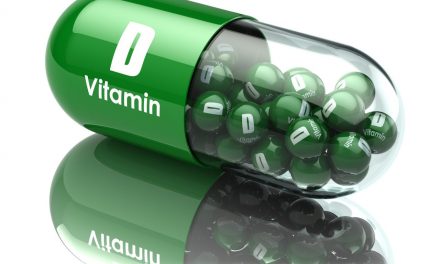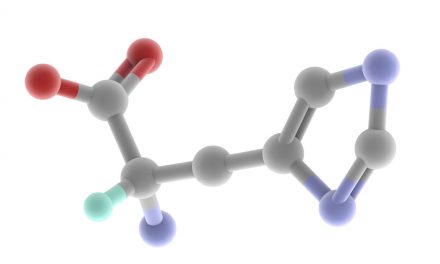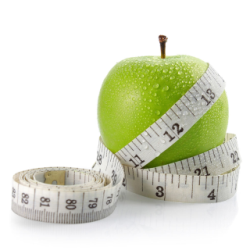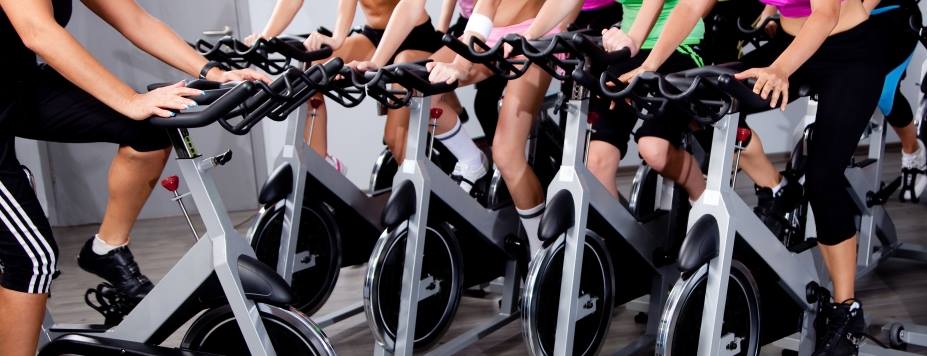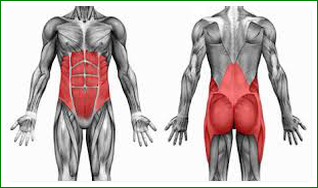Does cardio impact the muscle building process?
Cardio fitness activity is beneficial for weight/fat loss, but are any forms of cardio useful when we are working on muscle growth? Should cardio always be included in your training program? Or does cardio only serve to hinder muscular hypertrophy? Or even worse, does cardio promote muscular atrophy?
Most traditional fitness wisdom would suggest that LISS (low intensity, steady-state) cardio is the better option since it burns more “fat for fuel” than HIIT (high intensity interval training) which is predominantly glycolytic. Modern fitness theories, instead, explain that HIIT cardio appears to not only burn more fat (in the long run) but also enhances muscle gain in active individuals. The metabolic adaptations incurred by HIIT, such as excess post-exercise oxygen uptake (EPOC), endocrine activity, blood lipids, heart function, etc. are much more pronounced than those established from LISS cardio. While LISS cardio may burn more percentage of the calories from fat during the actual training session, its metabolic benefits are rather acute and don’t extend nearly as far as HIIT does. Said that we must add other considerations about the type and duration of how much cardio you should incorporate into your training routine.
First. If you tend to put on weight easily (endomorphic physiology), you can get benefits from a few LISS cardio sessions (30-40 minutes) and 1 or 2 HIIT sessions every week. On the contrary, if you have trouble gaining weight (ectomorphic physiology) you may have to limit your cardio: you can still do a few LISS and/or HIIT sessions each week, but you will want to make sure you’re making up the difference with your food intake.
Second. For starters, LISS cardio is a non-taxing form of exercise, both physically and mentally; it’s easy on the joints, doesn’t require much conscious effort or technique, and does not need much psychological devotion. LISS cardio does not require intense physical effort like HIIT. It can be easily incorporated into your training routine without much interference on muscle and nervous system recovery. In fact, LISS cardio may actually promote muscle recovery (when done in moderation) since it is conducive to blood flow and more blood flow to muscles leads way to enhancing the recovery process.
Third. LISS cardio still offers general health benefits too. In fact LISS cardio makes some people feel good (thanks to endorphins and other neurotransmitter alterations) and if someone is actually enjoying their workout, they will probably continue in the long run.
Forth. The point to remember here is moderating the amount of LISS cardio done so our body will not adapt doing superfluous amounts of LISS every day. In fact this can actually start a sort of reverse adaptation whereby the body down-regulates it’s basal energy expenditure to compensate for all the calories you’re burning off from the cardio regimen you maintain.
How much cardio should I do while trying to build muscle?
As we said it depends on a variety of factors. The key here is to make cardio act in synergy with your resistance training program. Obviously if your priority is building muscle, it doesn’t make much sense to emphasize cardio over weight training. This is why some LISS cardio can be useful for individuals, since it can be incorporated pretty much whenever without much effect on weight training performance. The options are really limitless for how you want to incorporate your cardio sessions. Just make sure you incorporate them in a fashion that will help your goal of muscle growth and not taking away from it.
To answer the initial question of this article we can affirm that cardio could implement the muscle building process. Of course cardio training intensities will vary based upon your own goals and body physiology, so there is certainly no reason to avoid it, especially if you’re diligent with your dietary intake.
